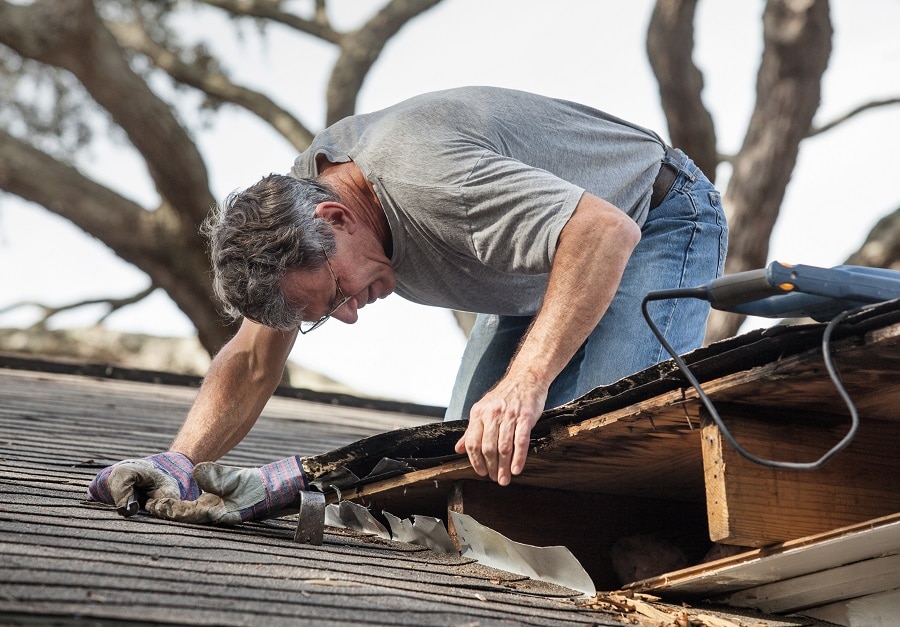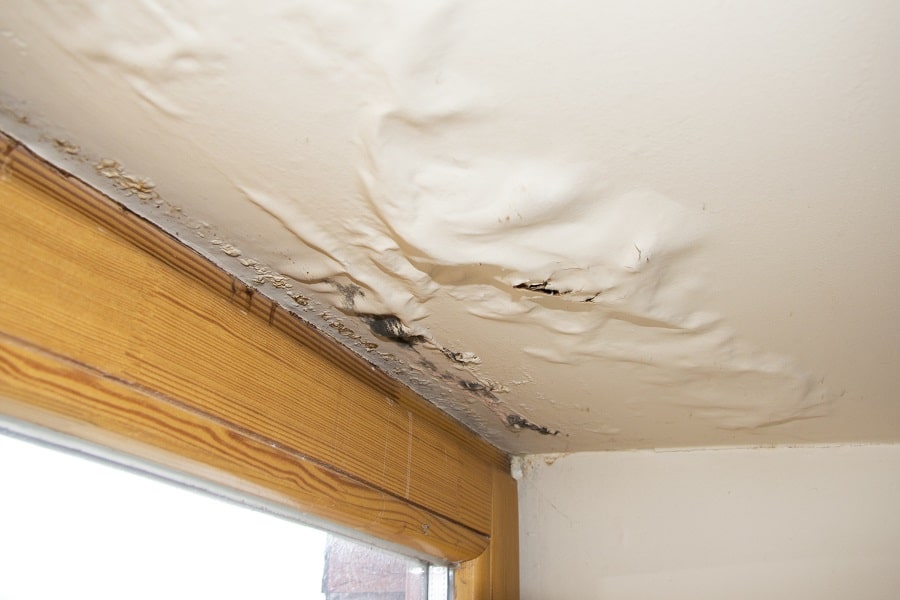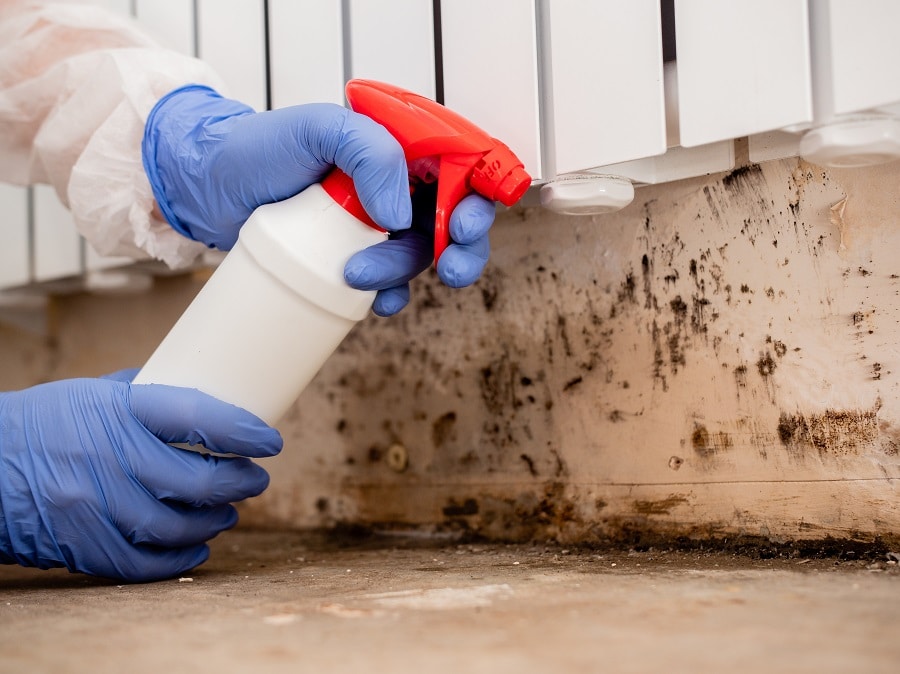Rot is often the cause of timber decay, regardless of the age of the building that houses it. Wood rot comes in two predominant forms: wet and dry rot, and they both occur as a result of fungal decay in building timbers.
What is Wet Rot?
This is a type of parasite which can be found in wet timber. It distorts the timber, making it swell and separating the fibres, which eventually leads to crumbling and loss of strength in the structure. Wet rot can trigger wood decay, making it lose its structural integrity and to eventually fall apart. Wet rot in structural wood is due to increased exposure to moisture. This may be from the ‘wet’ side of a house, penetrating damp or faulty plumbing. Wet rot is fungi, it spreads to timbers close-by and causes damage.
Our Guarantee
- upto 30 year guarantee
- customer focused team
- 20 years combined experience
- portfolio of satified customers
- attention to detail
- Construction line accreditation
- public liability insurance
- CHAS accreditation
What is the Difference Between Dry Rot and Wet Rot?
Dry rot inflicts extensive damage much faster to structural timber as it spreads through the affected building. Meanwhile wet rot, despite being a more common occurrence, causes less damage; decay is typically restricted to the areas that remain wet on the timber. In the absence of obvious fungus, we can differentiate Wet Rot from the Dry Rot by observing the differences in the timber colour and the type/size of cracking seen on the timber with the progression of either type of rot.
What causes Wet Rot?
Certain environmental conditions are behind the development of wet rot spores. The primary cause of wet rot is moist timber. Moisture expedites the progression of wet rot fungi. Consequently, the timber begins to display obvious signs of decay.
The Dangers of Wet Rot in Peacehaven
Wet rot is a serious issue to deal with. It can destroy your property and reduce its value. If you have wet rot, it needs to be treated quickly, or it will continue to infect your house. A recent survey asked 2,038 London homeowners if they ever noticed wet rot in their homes, where the rot was found, and also if they had any success preventing a recurrence.
The shocking results revealed that more than 20% had experienced wet rot in their homes. Wet rot causes damage to timber floors and can make the building structurally unsound. Besides the costly repair work required to get rid of wet rot, it can also reduce your property’s value, and many insurance firms do not provide coverage for houses where there is moisture ingress and damp build-up.

What are the Warning Signs of Wet Rot?
Signs of Wet Rot or the conditions needed by the fungus to become pervasive can vary depending on type cause of moisture with a property. Easy to spot signs include the wallpaper peeling off at the corners, the central heating boiler malfunctions, cookers don’t work properly, and/or a musty smell is present. Common areas where wet rot occurs include beneath the kitchen sink, along external walls, attics and roof spaces. Wet rot typically attacks older buildings constructed using timber frames rather than modern species such as Meranti and Sapele. Timber from below ground level up to a one-floor level is another prime victim of wet rot. The first step towards managing wet or dry rot is identifying it. A damp survey is on the cards if you believe your home has been infested.
Call Our Sussex Damp Experts team now for quote, consultation and advice:
Call on 01273 257 765.
How and When Should I Look for Wood Rot?
The same as spring cleaning, searching for signs of rot and damp is a task that should be undertaken annually. The pre-winter preparation period is a great opportunity for you to do this. You will need a long-handle screwdriver and a flashlight.
You should check the window siding for signs of discolouration and swelling. Paint can often disguise wood rot, so poke the siding with the screwdriver to make sure that the wood is solid. If the wood gives in with pressure and has a spongy texture, then you are dealing with wood rot. Use a decent flashlight to inspect the attic for discoloured wood. Move on to the screwdriver test if you see wood that fits this description. Make sure you examine the roof decking’s underside, the joints where the wood members meet at the rooftop, and the attic edges where rafters slant down to form eaves. These are key locations for the growth of wood rot in the attic.
Using a flashlight to spot discolouration around the perimeter wood plate on the concrete wall, check wood members in the basement or crawl space (sill plate). Use the screwdriver test, wherever necessary, on any discoloured regions. Examine walls and floors for signs of water leaks or discolouration under sinks, around tubs and baths, and the water heater.
How do we identify wet rot?
Detecting wet rot is not as simple as it might sound, many forms of the fungus affect timber differently. Pushing a knife up to the handle into painted timber is an effective way to confirm rot. Our damp-proofing specialists have tons of experience and training to detect the following:
- Localised fungal growth on timber
- The soft, spongy feel of timber; the affected area appears darker than the surrounding timber.
- The soft and spongy texture of rotting timber; the affected region often looks darker than the other parts.
- That spongy, soft feel timber gets when affected by wet rot; the affected parts are darker than the other areas.
- The spongy, soft texture of rotten timber; the infested area is darker than the other parts.
- The springy feeling that is an indicator of wet rot; the affected area is often darker than others around it.
- Crumbling of affected dry timber into particles.
- Dry timber crumbling into particles.
- The crumbling of infested timber into dry particles.
- Dried-out timber disintegrating into particles.
- The disintegration of rot-eaten timber into particles.
- Shrinking timber
- Bleaching wood in window and door frames
- Flaky or damaged paint
- A musty, damp smell
What to Do After You Detect Wet Rot?
You need a damp expert to treat wet rot and make sure the source of moisture is cut off to prevent a recurrence. For more help on wet rot treatment, Sussex Damp Experts can help! Reach us on 01273 257 765 today.
Wet Rot and Damp Proofing in Peacehaven

If you are looking for professional wet rot treatment and damp proofing services in Peacehaven, we are here for you. Call Sussex Damp Experts if you see signs of damp or wet rot, fixing the problem immediately is crucial to avoiding the health risks and costly repair work which would be necessary if the damage is left to spread unchecked. Our professional surveyors will identify the root of the issue and recommend ways to eliminate it.
Timber damp proofing is not a cosmetic treatment; it’s a maintenance strategy that’s designed to protect the timber from rot and decay. There are two main ways to protect the timber.
Surface treatments are not reliable; they always fail and end up intensifying the issue. The only solutions are either fully covering the surface using a membrane, replacing the timber, or treating it. If you need further information on wet rot treatment from one of our experts, call 01273 257 765 today.
Wet Rot Treatment Specialists in Peacehaven
With over ten years of experience in the field, we are one of the leading wet rot specialists in Peacehaven, offering free surveys and no obligation quotations to householders, landlords and commercial property owners. Our team of experts will visit your property and investigate the source of the wet rot and provide advice on the next steps to take to get rid of it. Our experts apply advanced methods to tackle the progression of different types of wet rot in buildings.
Wet Rot Treatment in Peacehaven
Wet rot commonly attacks areas that remain damp due to constant exposure to moisture. Nevertheless, during wet rot treatment we don’t just fix the damage alone, we address the issue from the source. We identify how the timber gets in contact with moisture and block it against future occurrences. Wet rot treatment should be left to experts who can provide a comprehensive solution. Delaying wet rot treatment can be a costly mistake. When you observe the development of fungi growth or hyphae strands, you are best off to engage the services of a specialist team of experts, such as Sussex Damp Experts.

We have the technical knowledge to handle wet rot treatment effectively. Sussex Damp Experts is always ready to help, we quickly identify the cause of the humidity and the affected areas. Don’t put it off any longer, call us today on 01273 257 765 or complete and submit the contact form to get started.
Our Wet Rot Treatment Process in Peacehaven
The damage worsens the more you put off starting the treatment process. Identifying the progress of the fungal rot early could mean the treatment will be restricted to just a small area. In circumstances where the wet rot has been allowed to take deep root in the timber, you might have to consider replacing entire timbers or carrying out major repairs. Treating wet rot involves a series of steps. The treatment of wet rot involving timbers must start with addressing the root of the problem and preventing moisture from reaching the timber. We identify the source of moisture ingress including condensation and broken guttering, and we apply corrective measures to cut them off. Builders and contractors who lack expertise often resort to replacing the affected wood. Chemical Preservatives are then applied to the area in question after replacement. This method will end in disaster. If you notice even the slightest signs of wet rot in your property, the team at Sussex Damp Experts is more than happy to help out. Call us today.
What happens to Wet Rot if left untreated?
If you fail to treat wet rot, the structural timber in your property will eventually weaken and, in certain cases, will prove a threat to the safety of residents in the home. When the rot settles in the timber, it becomes spongy and falls in if you poke it with a knife or screwdriver. An extreme result means that structural timbers lose their integrity over time. In a worst-case scenario, this means your property could be condemned. Call Sussex Damp Experts on 01273 257 765 to get your treatment project started today.
What is the cost of Wet Rot Treatment in Peacehaven?
Rot has devastating effects on properties. The cost of repairs and damp proofing is based on the type and extent of damage done to the timber, however, don’t be discouraged. We are always willing to provide our wet rot treatment services in Peacehaven at an affordable cost for all our clients. We are here to help you make the right decision for your home and families wellbeing.
How to prevent wet rot?
At all times, wood should be kept dry to avoid cases of rot. Wood hardeners for use on timber at risk of being affected by wet rot are also an effective measure. The wood gains strength after the hardener soaks into it. The areas in a building that are most susceptible to damp include window sills and boxes, timbers touching stonework without being subjected to damp proofing treatment such as sealant and fungicide applications.
Talk to Our Wet Rot Treatment Experts Today!
If you need further information on wet rot treatment from one of our experts, call 01273 257 765 today.
FAQ
Is wet rot smelly?
Is Wet Rot Capable of Spreading?
Can Wet Rot Cause Health Problems?
Is there a DIY treatment solution?




